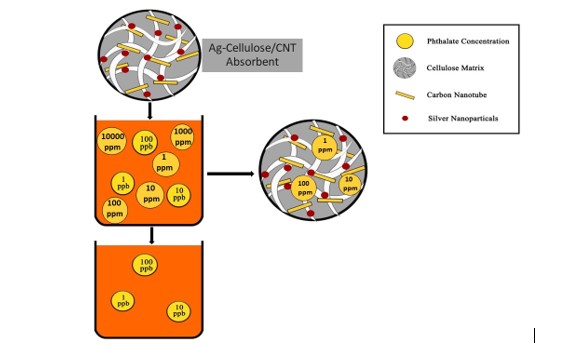Inspired by the superhydrophobic nature of lotus leafs, there have been many attempts taken to make surfaces with enhanced hydrophobicity. The incorporation of hydrophobic fillers is one way to increase hydrophobicity. The required nano-scale roughness and low surface energy requirements for these hydrophobic surfaces can be fulfilled by the use of fillers with nano-scale surface roughness and treatment with low surface energy compounds. One such example is the use of treated diatomaceous earth (DE). Although, natural rubber latex (NRL) is an inherently hydrophilic material, incorporating hydrophobicity to NRL films could make them useful for applications such as manufacture of hydrophobic rubber gloves, latex clothing, upper layers of a rubber boot or other single or multi-layered-products. It can also be used as a surface coating for existing rubber products. We report the use of hexadecyltrimethoxysilane treated DE to obtain NRL films with enhanced hydrophobicity. Surface wettability was analyzed by water contact angle (WCA) measurements. WCAs of about 115° was achieved with treated DE incorporated into NRL films. However, the resulting NRL films were harder and had smaller tensile strengths compared to normal NRL films.

Ambegoda, VT, Egodage, SM, Blum, FD, Maddumaarachchi, M. Enhancement of hydrophobicity of natural rubber latex films using diatomaceous earth. J Appl Polym Sci. 2021; 138:e50047



